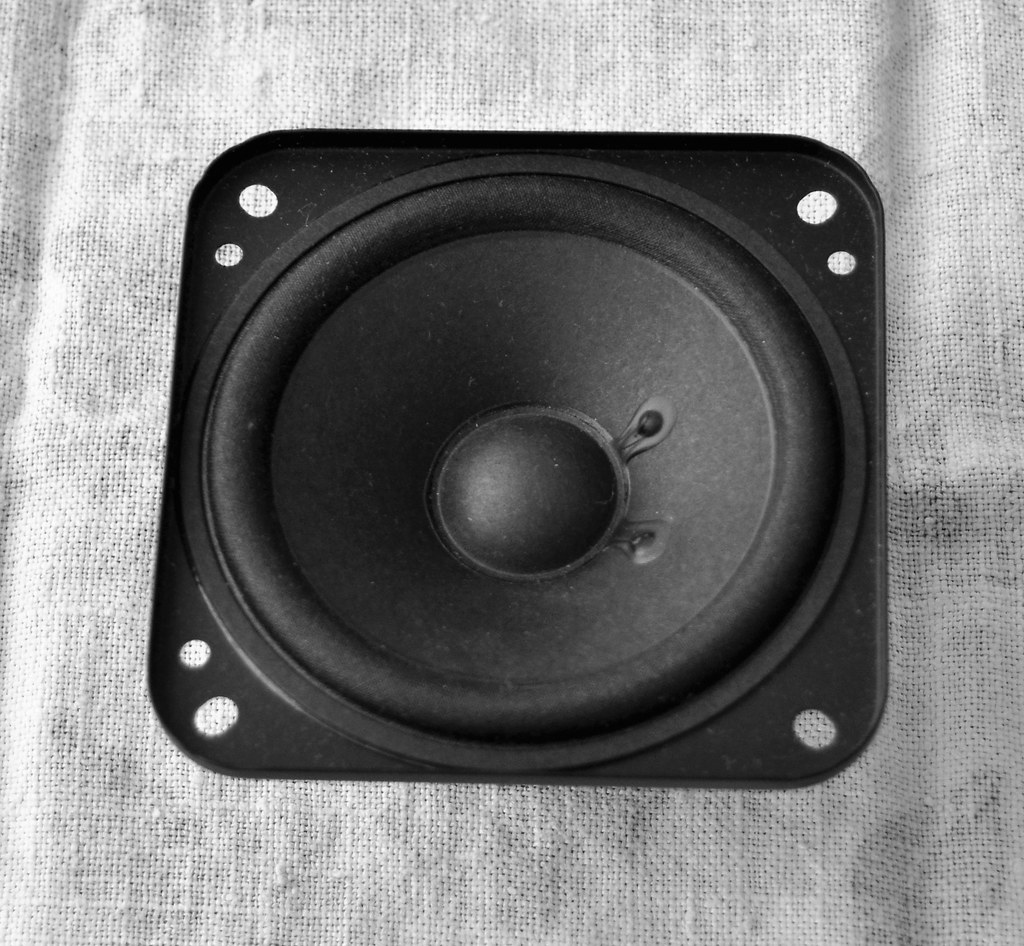I've watched the video posted above and I agree with some of things SL said, like how moving left or right with traditional speakers causes one side to just kinda disappear.
First, let me preference this by saying how, historically, what we now call 'image' was never a thing. That is, in the sense that it was something the consumer ever wanted in his listening space. In the heyday of hi-fi, I'm talking the '50s through perhaps the late '60s, most folks used hi-fi simply to 'fill a room' with music. Also, we recall how this was the era of transition from mono to stereo. Mono was simple. Paul Klipsch (or Jim Lansing, or any of the others) could put a horn in your corner, and fill your room with sound.
Stereo in its own way 'messed things up', horribly. Before stereo, the recording was less of an issue, because everything was coming from one point. With stereo, you had (in the words of ZZ Top's
Jesus Just left Chicago) not only the Windy City and New Orleans, but 'all points in between'. It was the all points in between that became the problem: often a gaping hole in the middle, or ping ponging instruments, and all the other goofy artifacts. Only then, with stereo, did audio cognoscenti discover 'imaging'.
[Historical aside: three channels (left, right, and a center) would have been best, but how could you have fit that on a record? You couldn't, that's how.]
Stereo dispersion between two points now became a big problem. It remains a problem. It is why we still discuss it. Take, for instance, electrostatics, which represent the best and the worst. Nice sound, wonderful sound, but specific beaming. Quad 57 was arguably (within its SPL and FR limitations) one of the best loudspeakers, to this day. It was designed for mono (because that's all there was). With stereo, if you moved to one side, everything was lost.
Harold Beveridge attempted to 'solve' the 'beaming' issue with his tall line source and clever acoustic lens. It more or less overcame beaming, and created a pretty unique soundfield--one where you could walk around the room and not lose a stereo (two channel) perspective; but did it sound 'natural'? I'll leave that answer for those who heard it. My impression was, "No, it sounded weird, but was certainly unique and interesting, in a weird way!"
It's almost as if we are back to the future. Like LP records. And tubes. After all these years, still going around and round. Just like the forward firing box is still around, awaiting the next big 'breakthrough' in its development. However, we understand that the forward firing box is all most people know. For sure it is the cheapest design to implement, and no doubt the most money has been spent in R/D on overcoming its limitations.
Nevertheless, given its limitations, you can get a pretty good illusion of music out of it. So it's got that going for it.
But it's not a design others might appreciate, and if we realize or admit that we'll never have anything like 'live' music in our living rooms, then, at the end of the day, the forward firing box is simply one out of many competing for our aural sensibility.
Get what you like and be happy.


